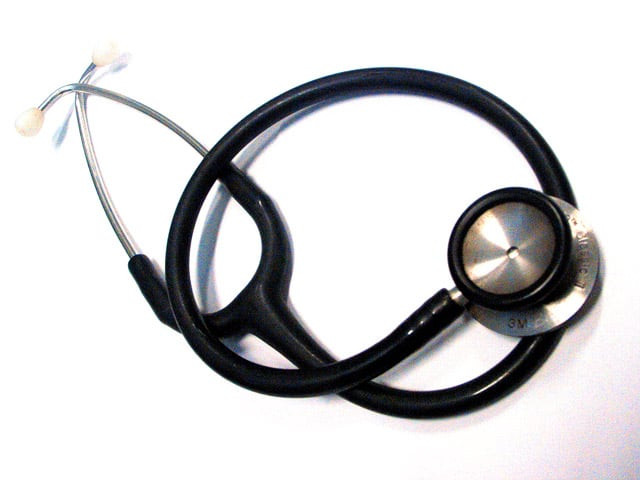Call to improve local health facilities and data
Lack of quality data, human resources available, paucity of funds, to blame for poor health system in the country.

The suggested that the government introduce emergency transport systems in places where hospitals are not available. This will reduce the number of women who end up giving birth en route to the city, thus decreasing mother and infant mortality rate in the country.
These views were expressed during a Technical Advisory Group (TAG) and End-of-Project National Dissemination of Pakistan Initiative for Mothers and Newborns (PAIMAN) funded by USAID, held here at a local hotel.
Rashid Jooma, Director General Ministry of Health, Dr Nabeela Ali Chairperson PIAMAN, Shaukat Durrani federal secretary population welfare, Robert Wilson mission director USAID, representatives of civil society and senior doctors from across the country were present on the occasion.
The speakers stressed more focus on the training of midwives with a better curriculum.
In Pakistan the midwifery profession starts and ends in the seventh grade; therefore, midwives are not aware of the strength of their profession and lack identity.
Most local communities also complain that tracing the Executive District Officer (EDO) health in districts is almost impossible. The experts felt that EDOs needed to be held accountable for their responsibility to the people.
Earlier in a joint press conference, Rashid Jooma director general Ministry of Health, Deputy USAID Mission Director Ms Denise Herbol and Dr Nabeela Ali Chairperson PIAMAN said that the six year USAID funded project PAIMAN saved more than 30,000 newborn babies by reducing neonatal mortality rate by 23 per cent through a replicable model of interventions.
The $93 million (Rs7.9 billion) project was started in October 2004 and initiated in 24 districts of all provinces, including Azad Jummu and Kashmir (AJK) and two agencies of Federal Administrated Tribal Area (FATA). It will conclude in December this year.
“The project has benefited 5.7 million people-women, their families, and the health care providers who serve them in some of the remotest areas of the country including Upper Dir, Buner, DG Khan, Lasbela, and Gwader,” Nabeela added.
The project empowered 2,200 young women to become community midwifes and provide skilled health services to mothers and children, while earning an income themselves.
This was in addition to training 11,057 lady health workers in communication skills and group counselling. They also trained 5,262 staff-members of various health facilities in providing skilled care to women and children.
Furthermore, the project upgraded 57 training facilities including midwifery schools and renovated 89 health facilities.
The project’s publicity penetrated 70 per cent of the targeted population of those having mass media access with significant behaviour improvements.
“The health equipment, training materials, ambulances, dormitory and maternity hospital construction provided will continue to serve the people of Pakistan long after PAIMAN ends,” said Dr Ali.
Speaking on the occasion Jumma said that the Ministry of Health will initiate a program on the same platform provided by PAIMAN in 2011 to reduce the mother and infant mortality rate.
Speaking on the occasion Denise Herbol, Deputy USAID Mission Director urged the government of Pakistan to compile quality data from the public health sector so that a plan should be chalked out in improving the health sector.
Published in The Express Tribune, November 13th, 2010.



















COMMENTS
Comments are moderated and generally will be posted if they are on-topic and not abusive.
For more information, please see our Comments FAQ